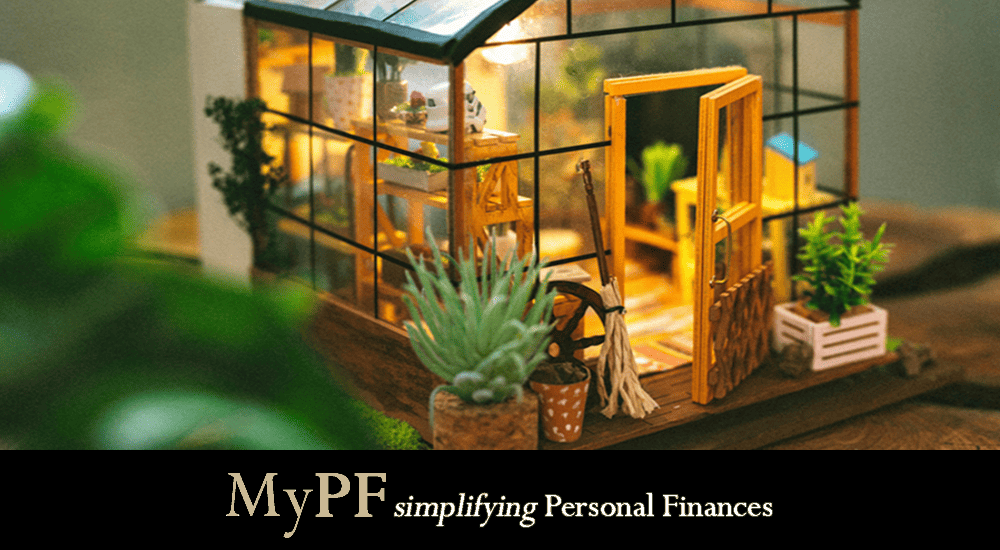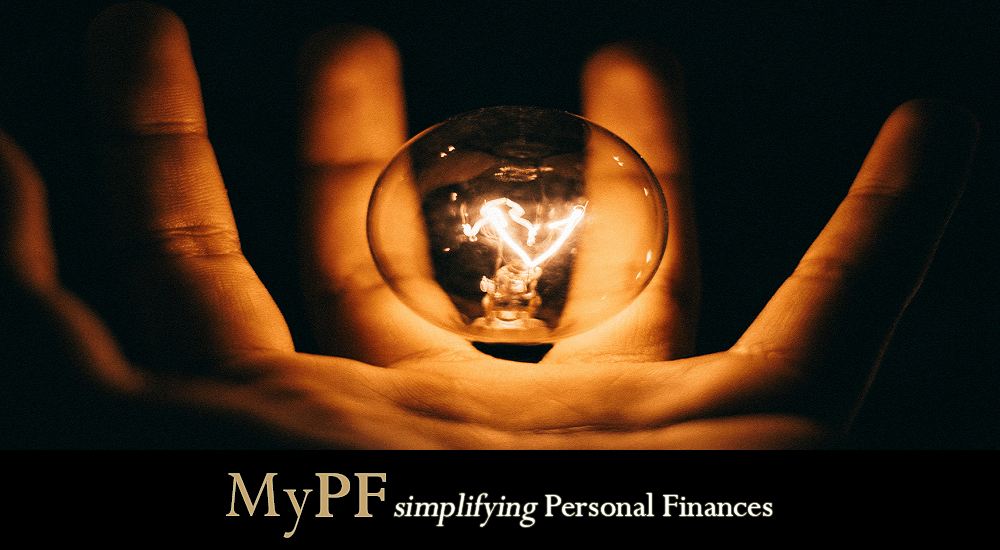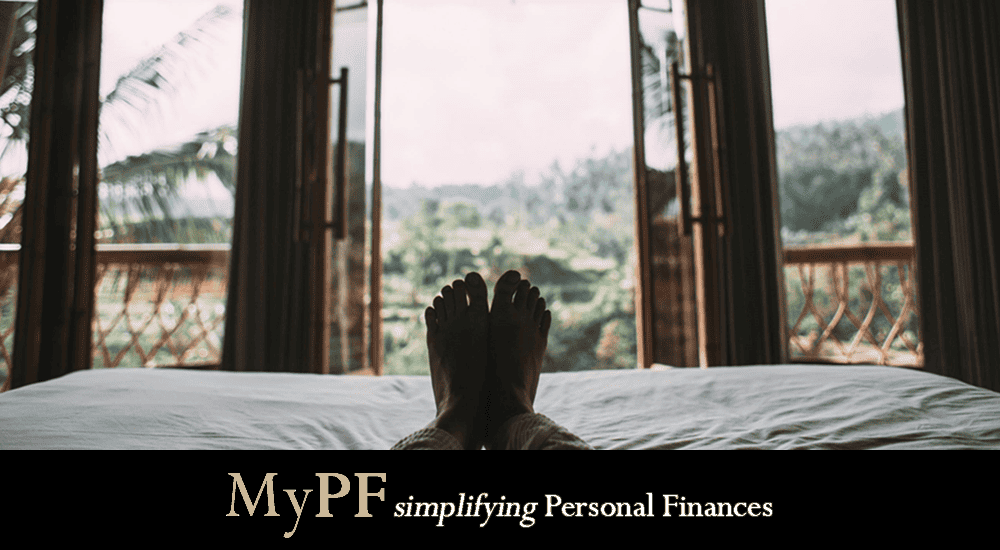A Malaysian guide to cooling down when the outside is warming up.
It’s that time of the year again when the sun is glorious, the rain is infrequent, and my goodness – the heat is way up.
If you live in tropical Malaysia especially in areas that experiences high temperatures, this article is for you as we cover tips to make homes more heat-bearable without relying on more electrical gadgetry. Who does not support energy conservation especially when it lowers the bills, right?
Contents
#1. Block Out the Sun
Window coverings are a must, whether they are curtains, blinds, or shades. Blackout curtains in particular are excellent at keeping the sunlight out of your home. You can also opt to layer them such as getting double curtains (one thicker, one sheer) or having curtains over the blinds.
Another consideration is tinting your windows and glass doors. Different tints can filter varying amount of sunlight allowed to filter through, while reflecting back the rest outdoors.
Any option you go for will not only increase comfort by reducing heat but also increase privacy and enhance visual aesthetics.
#2. Cool Outside Your Home
Wider eaves, having awnings, or even having trees can create shade in your home’s immediate surroundings. Even better if it helps prevent sunshine from striking directly against a wall shared with an indoor space you are often at during the day.
A thriving garden is another answer to mitigating heat. For air to get into your home, it has to pass through your surroundings first. A happy garden creates a nice pocket of coolness thanks to plants’ transpiration and through evaporation of moisture from the earth. Cooler air will be carried into your home.
Even apartment-dwellers can create a happy green oasis on their balcony or near their front door.
#3. Electricals and Electronics
Switch out your lights for energy-efficient lights if you have not yet done so. Energy-efficient lights use less power but more importantly for our topic today these lights typically emit less heat too.
Appliances that generate thermal energy (heat) should be used at night where possible. Do also ensure there is sufficient space around the appliance for ample ventilation; refer to their user manual for more details. Insufficient space may lead to more heat.
If you are already using an air-conditioner at home, avoid setting it to below 24C for the most cost savings. Another option is to explore if your particular unit has electricity-saving features such as an “eco mode” or similar. Your unit’s user manual would have the details.
And lastly, not quite a literal answer to reducing the heat but rather an option to reduce your electricity bill (so you can expand more on powering your air-conditioner) is to harness solar energy. More details about how this works can be found on TNB’s website.
#4. Humidity
Humidity refers to the amount of moisture in the air. Too much humidity makes us feel sticky and warm. Too little humidity and we do not enjoy the cooling benefits of evaporation. How do we fix this?
Firstly, let’s talk about reducing humidity as it applies to a smaller segment of readers. If you use an air-conditioner, whether during the day or night, set it to Dry mode. This mode reduces the moisture content in the air and the drier air can cool down faster. Because cooling is faster, you can set a higher temperature using your remote control as your air-conditioner does not need to work as hard. Allegedly, this leads to a lower electricity bill. If the air ends up feeling too dry for you, you can switch your air-conditioner back to Cool mode anytime.
Let’s address increasing humidity. You would want to do this if you live in areas where it is parched. The goal is to introduce moisture because moisture plus heat leads to evaporation which in turn leads to cooler temperatures. Best when there is plenty of moving air.
Ideas to increase humidity include:
- Having a water feature in your home with moving water
- Plants, plants, plants
- Use a spray bottle to regularly spritz the air in front of your fan
- Putting a basin of water in front of your fan (bonus if ice added)
- Fill labu sayong or clay pots with water and place around your home to slowly evaporate
#5. Naturally Cool Flooring
Take away carpets and rugs and leave your floor exposed.
Natural stone such as marble, granite, and quartz are able to keep cool naturally. This is good to keep in mind if you have the budget to stretch a little when choosing the materials for your flooring (or countertops). Terrazzo flooring is another option to consider as terrazzo is actually a composite of natural stone chips.
If having cooler flooring is important to you but your budget is tight, think back of the good old days when houses had cement flooring. That’s also a naturally cooling option you can have in your home.
Special mention for those who live in houses on stilts – that is so cool, pun intended!
#6. Hot Air Rises
Stay low to keep cool as hot air rises while cooler air sinks. Set up temporary sleeping arrangements on the floor.
It’s a good idea to have vents high up near the top of your walls so that hot air can escape. (You can also opt to suck the air out using exhaust fans, but that will probably increase your electricity bill, which is contrary to the title of this article, but still an option if you are willing.)
If you have a roof, it’s a good choice to consider installing a turbine ventilator to allow hot air to exit better.
#7. Master Horizontal Air Flow
The aim is to manipulate air circulation in your home to reach you at peak coolness while pushing out warm air.
Visualize how the air currents flow through your home. Which side of the house receives a good breeze at particular hours and which doorway or window you can open to provide it entrance. Close other doors and windows to route the breeze from entrance, through your home, until it reaches where you are, beyond which you should open windows or doors to provide exit for the air current. Keep your corridors dark and rug-free so it cools the air as the breeze passes through.
Apply your visualization to practical execution your space and see how it works. Introduce and adjust other factors as have been discussed above to find what works best for you.
Conclusion
It can get really warm in Malaysia but it doesn’t mean you need to power up more air conditioners in your home yet. Try out these tips and see what a difference they can make.
What other tips do you have for cooling down your home when the heat outside is up?













Leave A Comment